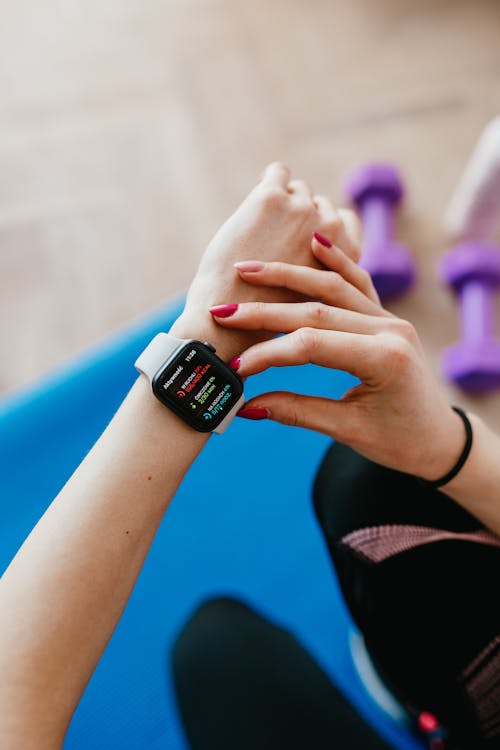Introduction
Even with the best intentions, many lifters make common mistakes that hinder their progress. Identifying and correcting these errors can dramatically improve your results. Let's examine the five most common training mistakes and how to fix them.
1. Neglecting Progressive Overload
The most fundamental principle of muscle growth is often overlooked or improperly implemented.
Common Errors:
- Using the same weights for months
- Random progression without structure
- Focusing only on weight increases
- Ignoring other forms of progression
The Solution:
- Track your workouts meticulously
- Plan progression in advance
- Include various progression methods
- Make small, consistent increases
2. Poor Exercise Form
Sacrificing form for weight is a fast track to injury and stalled progress.
Common Errors:
- Partial range of motion
- Excessive momentum
- Improper breathing patterns
- Lack of mind-muscle connection
The Solution:
- Start with lighter weights to perfect form
- Film your sets for self-assessment
- Focus on feeling the target muscle
- Consider working with a coach
3. Inadequate Recovery
More is not always better when it comes to training volume and frequency.
Common Errors:
- Training too frequently
- Insufficient sleep
- Poor nutrition habits
- Ignoring deload weeks
The Solution:
- Prioritize 7-9 hours of sleep
- Plan regular deload weeks
- Monitor recovery markers
- Adjust volume based on fatigue
4. Program Hopping
Constantly switching programs prevents you from mastering any single approach.
Common Errors:
- Changing programs too frequently
- Following multiple programs simultaneously
- Modifying programs without understanding why
- Chasing novelty over progression
The Solution:
- Commit to a program for at least 8-12 weeks
- Track results to evaluate effectiveness
- Make informed adjustments based on data
- Focus on mastering basic movements
5. Improper Exercise Selection
Choosing the wrong exercises can limit results and increase injury risk.
Common Errors:
- Too many isolation exercises
- Neglecting compound movements
- Poor exercise order
- Inappropriate volume distribution
The Solution:
- Prioritize compound movements
- Select exercises based on goals
- Consider biomechanical factors
- Balance pushing and pulling movements
Action Plan for Improvement
- Audit your current training approach
- Identify which mistakes you're making
- Create a plan to address each issue
- Implement changes gradually
- Monitor results and adjust as needed
Conclusion
Avoiding these common mistakes can significantly improve your training results. Focus on implementing the solutions gradually and consistently. Remember, awareness is the first step to improvement – now you can make informed decisions to optimize your training approach.



